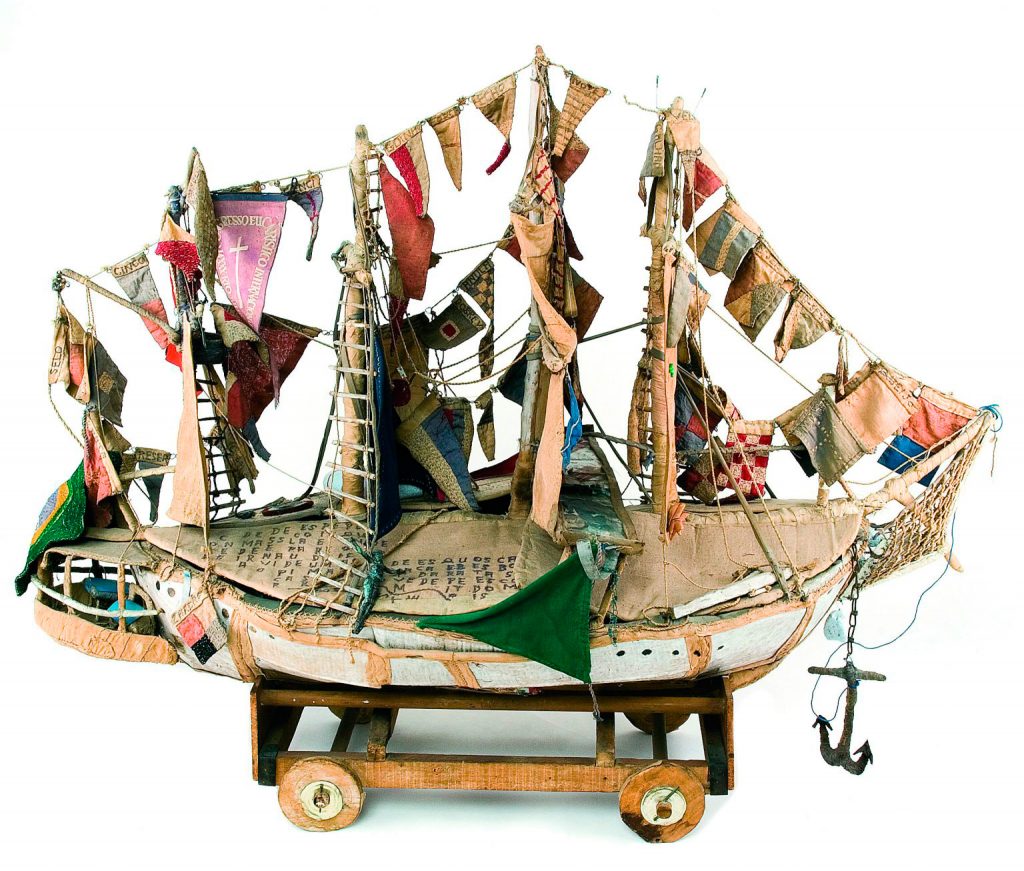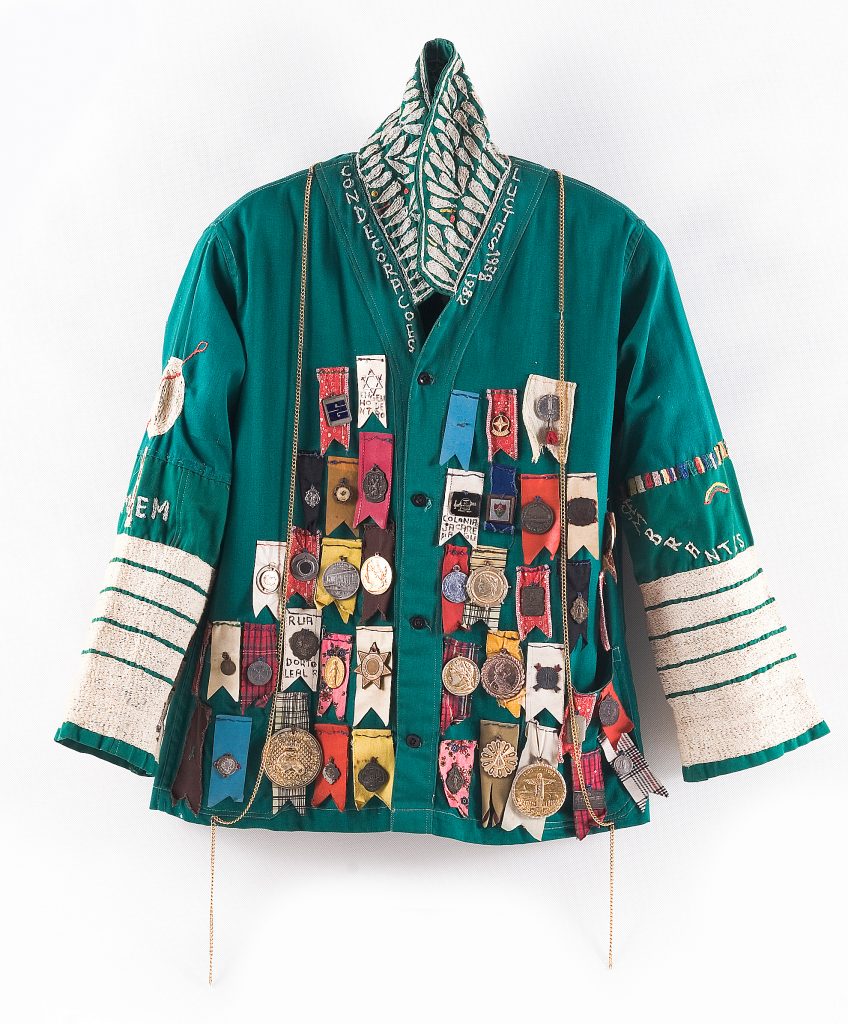5 Contemporary Women Artists from Latin America You Need to Know
When we speak about contemporary art in Latin America, women artists are at the center stage. Working around various mediums and highlighting themes...
Natalia Tiberio 16 December 2024
Arthur Bispo do Rosário is a mythic figure in Brazilian art. He never considered himself an artist and he spent many years living in a psychiatric hospital. His works represent the world around him, but also what was inside his head. Suffering from schizophrenia, he heard voices that would guide him on the recreation of objects for the day Jesus would come to earth. He was an outsider, marginalized for being a Black man, poor, and mad. Nowadays, his works are acclaimed around the world.
Arthur Bispo do Rosário was born in 1909 in Japaratuba, a city in Brazil’s Northeast region, early on in his life, he started to study in the Naval School, later moving to Rio de Janeiro to join the Navy. During the eight years he spent as a sailor, he traveled to many places that became subjects he embroidered years later on his textiles.
After leaving the Navy, he took jobs like bus washer, bodyguard, and domestic worker to make ends meet. In 1938, Bispo do Rosário had a psychotic break in which he went to church and stated that he had received a mission from Heaven to recreate the Universe for doomsday. He was then sent to a psychiatric hospital for treatment and later on was admitted to the asylum Colônia Juliano Moreira, where he lived until he died in 1989.

Arthur Bispo do Rosário, Grande Veleiro, Museu Bispo do Rosário, Rio de Janeiro, Brazil.
Without any formal art training, Bispo do Rosário created a rich body of work of textiles, sculptures, assemblages, and collages. He used to say that he created objects with “all the things in the world” to show to the Heavens. He produced the objects mainly with what he could get his hand on; scraps of metal, plastic, and paper. Old clothes or the inmates’ uniforms were torn and shredded so he could make threads of it to embroider the pieces.
Of all his work, the textiles are the most special and display beautiful embroideries representing parts of his life and what was on his mind at the time. The Manto da apresentação is a cape created for the day Bispo do Rosário “would introduce himself to Jesus” and is exquisitely embroidered with colorful figures of ordinary objects and words.
Other relevant textiles are the Estandartes or banners where he embroidered stories of his past and recreated places where he had been.
The relation of art and madness in Bispo do Rosário’s work is quite intriguing. We don’t know whether his mental state fueled his art or the opposite. In addition, he never considered himself an artist – nor the objects he produced works of art. He always said he produced them because he had to and because he was following orders from the voices that guided him.
Although art therapy workshops were introduced at Colônia Juliano Moreira while Bispo do Rosário was an intern, he never joined the classes. However, a big part of what the interns produced is now part of the collection of Museu Bispo do Rosário. In addition, the museum looks after the legacy of the artist.

Arthur Bispo do Rosário, Atenção Veneno. Photo by Rodrigo Lopes via Jornal Cruizeiro.
At the end of the 1980s, Bispo do Rosário’s works were discovered by the wider public when MAM-Rio (Museum of Modern Art of Rio de Janeiro) puts on an exhibition with his objects. His work was celebrated in the 1995 Venice Biennale, representing the Brazilian pavilion, and in 2012, in the São Paulo Biennial, one whole floor, from the three that make the biennial space, was dedicated to him and his art.
Today, Bispo do Rosário is one of the most important names in Brazilian contemporary art and his objects travel the world to join important exhibitions.

Arthur Bispo do Rosário, Lutas, Museu Bispo do Rosário, Rio de Janeiro, Brazil.
DailyArt Magazine needs your support. Every contribution, however big or small, is very valuable for our future. Thanks to it, we will be able to sustain and grow the Magazine. Thank you for your help!